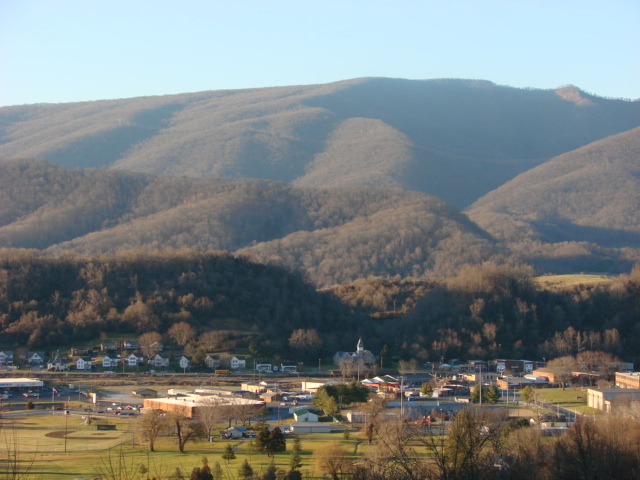The woolly mammoth (Mammuthus primigenius) will roam the earth again and soon, thanks to new advances in genetic engineering. The new technology is based upon another fairly recent discovery known as CRISPR, an acronym that stands for clustered interspaced short palyndromic repeats. Scientists discovered CRISPR when they were studying how a bacteria’s immune system works. Viruses often attack bacteria. To develop immunity to the viral infection, the bacteria cut and paste fragments of the virus’s DNA into its own genome. Jennifer Douda and Emmanuelle Charpentier realized they could use this process to cut and paste desired changes into an organism’s genome. They engineered the protein CAS9–2 RNA molecules that made it easy to cut and paste characteristics of 1 species into another species genome. Feng Chang and Georgie Church were the first scientists to use this technology on a human cell, and now there is a big patent dispute between Chang and Douda over who deserves the monetary reward for this potentially lucrative invention. As early as 2018, George Church of Harvard University plans to cut and paste certain characteristics of the woolly mammoth into an Asian elephant (Elephas maximus) embryo that will then be implanted in an elephant. If this project is successful, the woolly mammoth will be reborn.
Scientists recently sequenced the genomes of 3 Asian elephants and 2 woolly mammoths. (They were able to extract DNA from woolly mammoth carcasses preserved in Siberian permafrost.) The Asian elephant is the closest living relative of the woolly mammoth. The study confirmed the common ancestor of both species diverged about 5 million years ago. The genetic evidence shows since that divergence the woolly mammoth evolved many adaptations to frigid environments. Woolly mammoths evolved thick fur, short ears, a thick layer of fat, a hump of brown fat between the shoulders, reduced sensitivity to cold, enlarged sebaceous glands, and an altered circadian rhythm response. Sebaceous glands secrete oil into hair for lubrication. This made woolly mammoth fur waterproof and would have helped them keep warm in wet conditions. The altered circadian rhythms were an adaptation to the extreme changes in day length that occur in the upper northern hemisphere. These are the woolly mammoth characteristics Georgie Church will cut and past into an Asian elephant embryo.

Eventually, woolly mammoths could populate an experimental Pleistocene Park located in Siberia. Herds of woolly mammoths could co-mingle with caribou, moose, horses, bison, yaks, Saiga antelope, and camels. The foraging and trampling of all these animals compacts the soil, keeping the permafrost intact. Scientists believe this could help mitigate the effects of global warming, so there is a practical purpose for re-introducing woolly mammoths to the environment. I know it would be a tremendous tourist attraction and hopefully some day much of Siberia will be overrun with megafauna.

View of the experimental Pleistocene Park in Siberia. The re-introduction of horses has increased the grassland cover here.
References:
Lynch, Vincent; et. al.
“Elephantid Genomes Reveal the Molecular Bases of Woolly Mammoth Adaptation to the Arctic”
Cell Reports 2015








